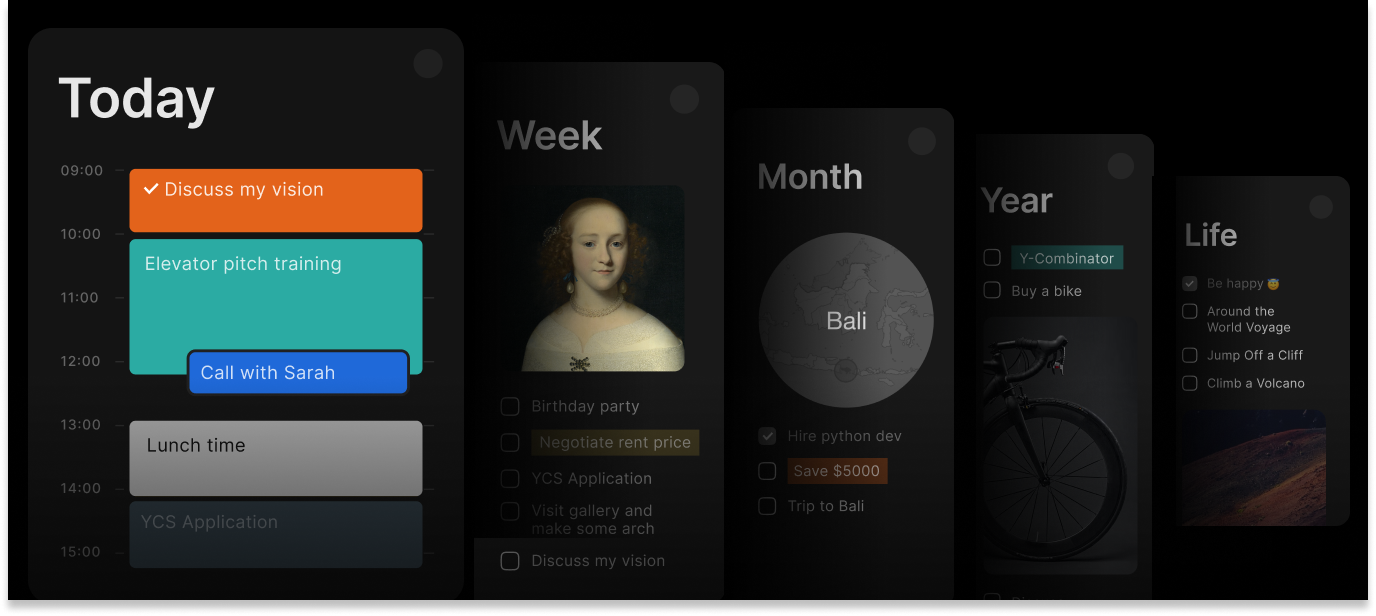Master Asynchronous Collaboration with Timestripe

Modern businesses are increasingly asking what is asynchronous collaboration and how it can transform their operations. As remote work becomes the norm and teams span across multiple time zones, understanding asynchronous collaboration has become crucial for maintaining productivity and employee satisfaction. This comprehensive guide explores everything you need to know about implementing effective async collaboration strategies in your organization.
What is Asynchronous Collaboration and Why It Matters for Business?
Asynchronous collaboration represents a fundamental shift in how modern teams operate. Unlike traditional synchronous work where team members need to be online simultaneously, async collaboration allows individuals to contribute to projects and communicate on their own schedules. This approach has become increasingly vital as 78% of development teams now work across different time zones, making real-time coordination challenging and often counterproductive.
The business importance of async collaboration cannot be overstated. Companies implementing effective asynchronous workflows report up to 4 hours of daily time savings per employee by reducing unnecessary meetings and context switching. This translates to significant cost savings and improved work-life balance, leading to higher retention rates and increased productivity.
Defining Asynchronous Collaboration
The asynchronous collaboration meaning extends beyond simple delayed communication. It encompasses a complete methodology for organizing work where team members contribute to shared goals without requiring simultaneous presence or immediate responses. This async collaboration definition includes structured processes, clear documentation practices, and strategic use of digital tools to maintain project momentum regardless of when individual team members are actively working.
Key characteristics of asynchronous work collaboration include:
- Time-independent contribution to shared projects
- Documentation-first communication approach
- Flexible scheduling within agreed deadlines
- Emphasis on output quality over presence hours
- Clear accountability and progress tracking systems
Core Principles and Methods of Asynchronous Work
Successful async collaboration relies on several fundamental principles that distinguish it from traditional work methods. The first principle is comprehensive documentation, where all decisions, processes, and project updates are recorded in accessible formats. This creates a knowledge base that team members can reference regardless of their working hours.
The second principle focuses on clear communication protocols. Teams establish guidelines for response times, priority levels, and preferred communication channels. This prevents misunderstandings and ensures that urgent matters receive appropriate attention without disrupting non-urgent workflows.
Async collaboration best practices also emphasize outcome-based performance measurement rather than time-based metrics. Teams set clear deliverables and deadlines while allowing flexibility in how and when work gets completed. This approach particularly benefits creative and knowledge-based work where productivity doesn’t correlate directly with hours spent online.

Transform your team's productivity
Transform your distributed team management with strategic planning tools
Get StartedBusiness Benefits of Asynchronous Collaboration
The asynchronous collaboration benefits extend across multiple dimensions of business operations. Productivity improvements top the list, with companies reporting 25-40% increases in output quality when teams adopt structured async workflows. This improvement stems from reduced interruptions, allowing for deeper focus periods and more thoughtful contributions to projects.
Cost reduction represents another significant advantage. Organizations save substantially on office space, utilities, and meeting-related expenses. The elimination of excessive meetings alone can reduce operational costs by 15-20% while improving employee satisfaction scores.
Talent acquisition benefits also prove substantial. Remote asynchronous collaboration enables companies to hire globally, accessing talent pools previously limited by geographic constraints. This 28.2% increase in available hybrid workers allows organizations to find specialized skills regardless of location, often at competitive rates.
Employee retention improves dramatically with async collaboration implementation. Workers report higher job satisfaction when they can manage their schedules effectively, leading to 23% lower turnover rates in companies with strong async cultures.
Industries Embracing Asynchronous Collaboration
Asynchronous team collaboration has found particular success in technology, creative services, consulting, and knowledge-based industries. Software development teams were early adopters, with 89% of tech companies now using some form of async collaboration for code reviews, documentation, and project planning.
Creative agencies leverage async collaboration for client feedback cycles, allowing for thoughtful revisions and iterations without scheduling constraints. This approach improves creative output quality while reducing client friction in the approval process.
Consulting firms use async collaboration to serve global clients effectively, providing expertise across time zones without requiring expensive travel or inconvenient meeting schedules. This has opened new market opportunities while reducing operational costs.
Educational institutions increasingly adopt async collaboration for both administrative functions and student engagement, recognizing that learning and collaboration don’t require simultaneous presence to be effective.
Implementing Asynchronous Collaboration in Your Team
Successful implementation of asynchronous workflow management requires careful planning and gradual adoption. Begin by identifying processes that don’t require real-time interaction, such as status updates, document reviews, and routine decision-making.
Establish clear communication protocols specifying response time expectations, escalation procedures, and preferred channels for different types of communication. This prevents confusion and ensures that urgent matters receive appropriate attention.
Training plays a crucial role in successful implementation. Team members need to develop new skills in written communication, self-management, and digital tool proficiency. Provide comprehensive training on selected tools and establish mentorship programs to support the transition.
Start with pilot projects to test async processes before full implementation. This allows you to identify potential challenges and refine procedures based on real-world experience. Monitor productivity metrics and team satisfaction throughout the transition period.
Timestripe Asynchronous Collaboration Capabilities
Timestripe offers a unique approach to personal and team productivity through its integrated timeline-based planning platform. The platform combines goal management with structured time organization to help users connect daily tasks with long-term objectives.
Key Timestripe features for enhanced productivity include:
- Horizons system that organizes tasks across Day, Week, Month, Year, and Life timelines to bridge short-term actions with long-term goals
- Time-blocking functionality for scheduling dedicated time slots and transforming daily schedules into focused, organized plans
- Climbs feature providing pre-designed task sequences and roadmaps for achieving specific goals with guided step-by-step progression
- Boards and Spaces for organizing projects and facilitating team collaboration with shared workspaces and progress tracking
- Comprehensive goal management including subgoals, recurring tasks, color coding, and filtering options for personalized organization
Timestripe’s Horizons system bridges the gap between daily efforts and big dreams, keeping users motivated by showing how small actions lead to big achievements. The platform’s visual approach particularly excels at connecting immediate tasks with broader life objectives, while time-blocking helps users schedule dedicated time slots for tasks, transforming days into focused, organized plans.
The platform includes mobile apps and browser extensions, making it accessible across devices while maintaining synchronization with existing productivity workflows through calendar integrations.
Maximizing Success with Timestripe
To maximize the benefits of asynchronous collaboration through Timestripe, focus on establishing clear project timelines with realistic buffer periods. This accounts for the natural delays inherent in async communication while maintaining project momentum.
Utilize Timestripe’s automated reporting features to maintain transparency without requiring manual status updates. This reduces administrative overhead while keeping all stakeholders informed about project progress.
The future of work clearly favors flexible, outcome-focused collaboration models. Organizations that master asynchronous collaboration now will maintain competitive advantages in talent acquisition, operational efficiency, and global market reach. Timestripe provides the tools and framework necessary to implement these strategies effectively.
Read next

Don't wait until it's too late
Start building a healthy work environment with Timestripe today!
Get Started

